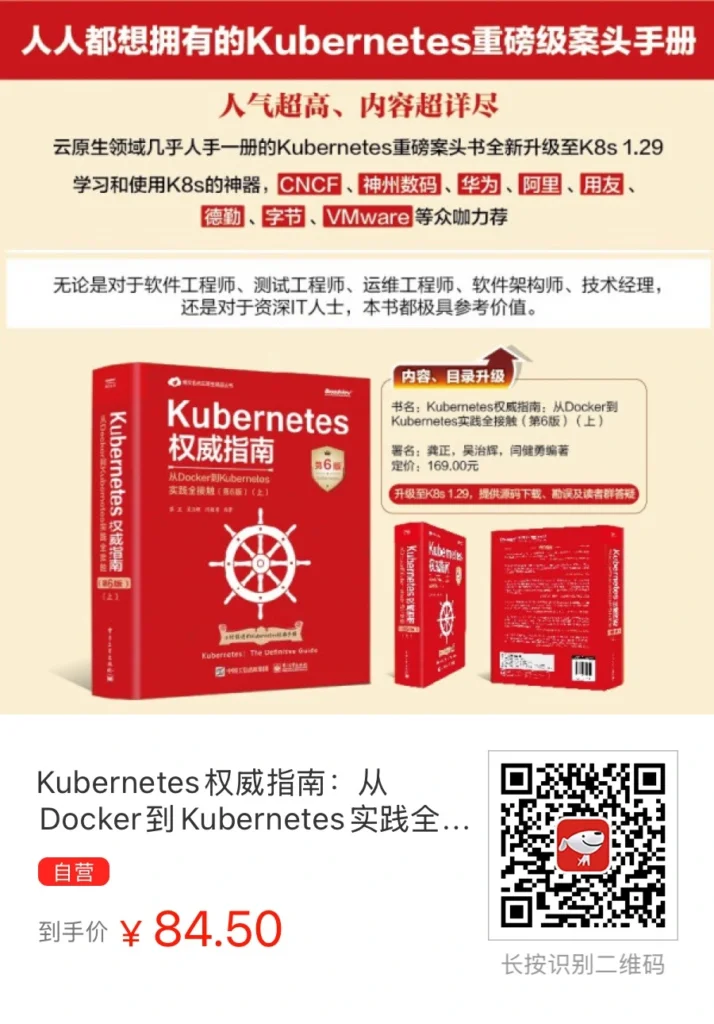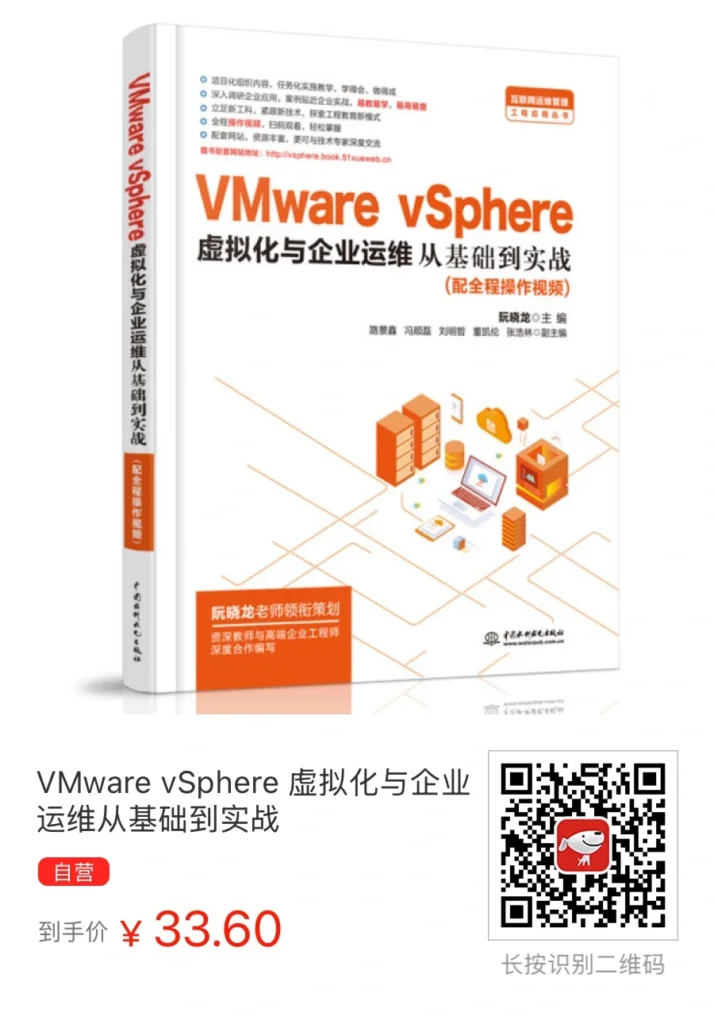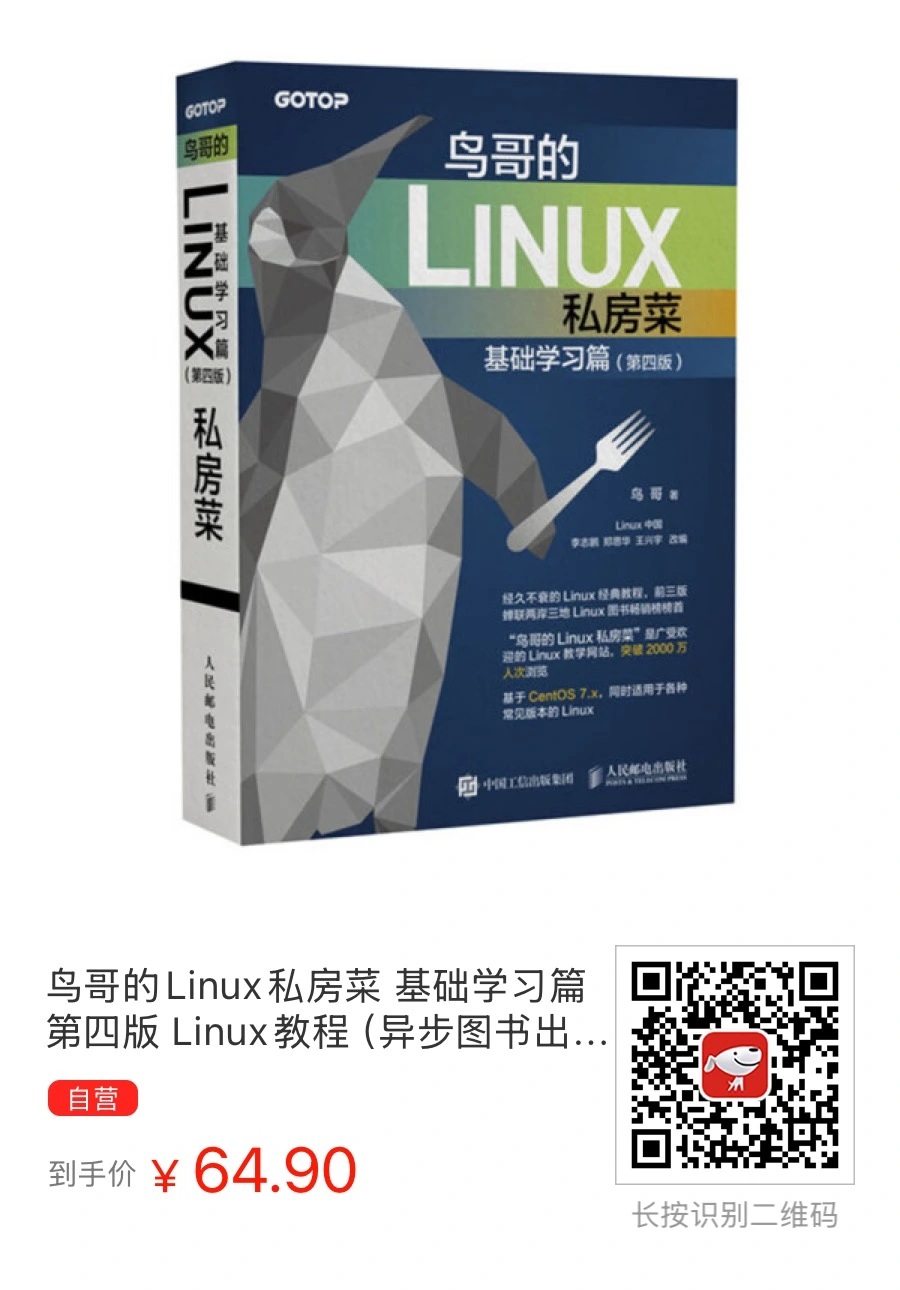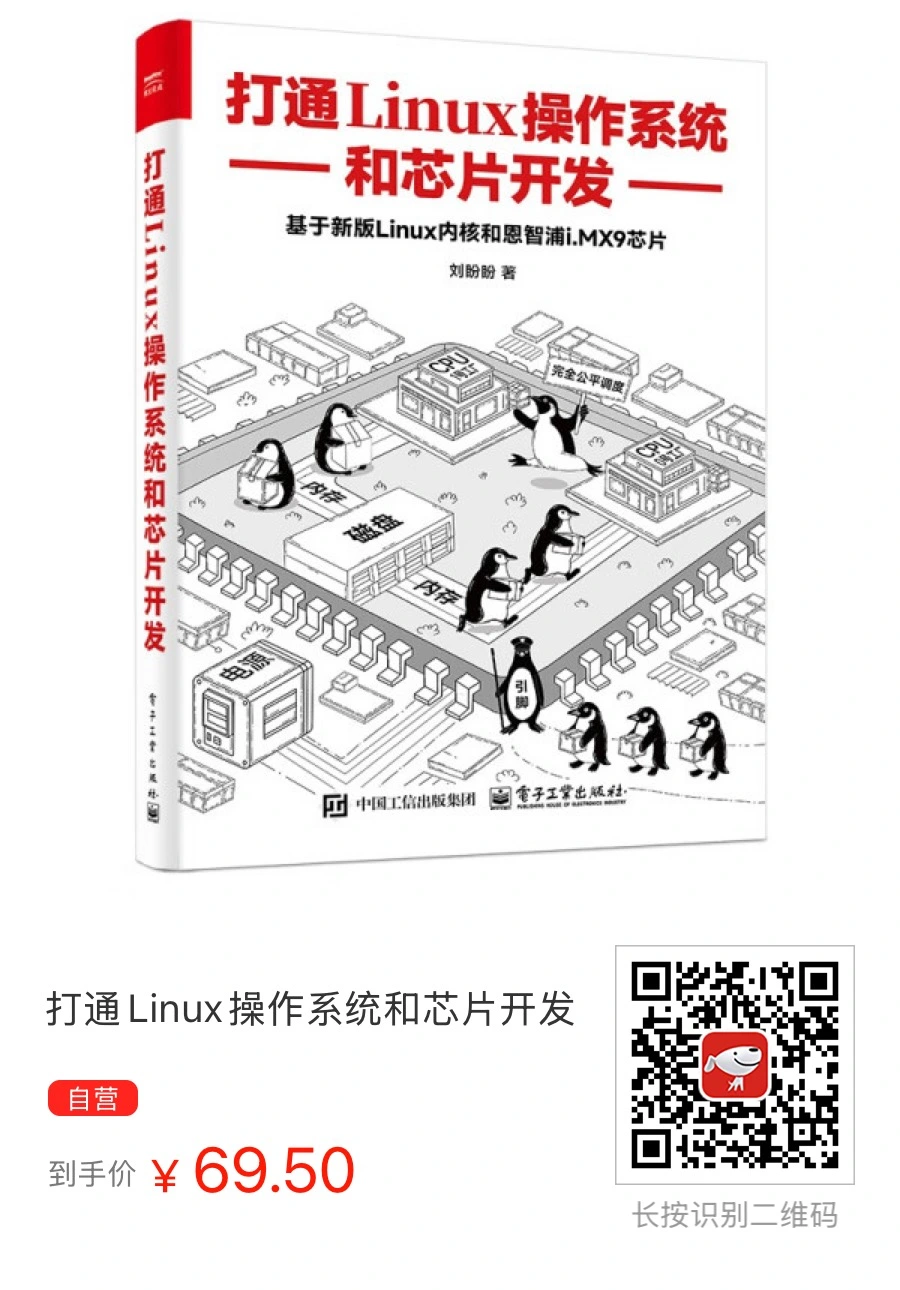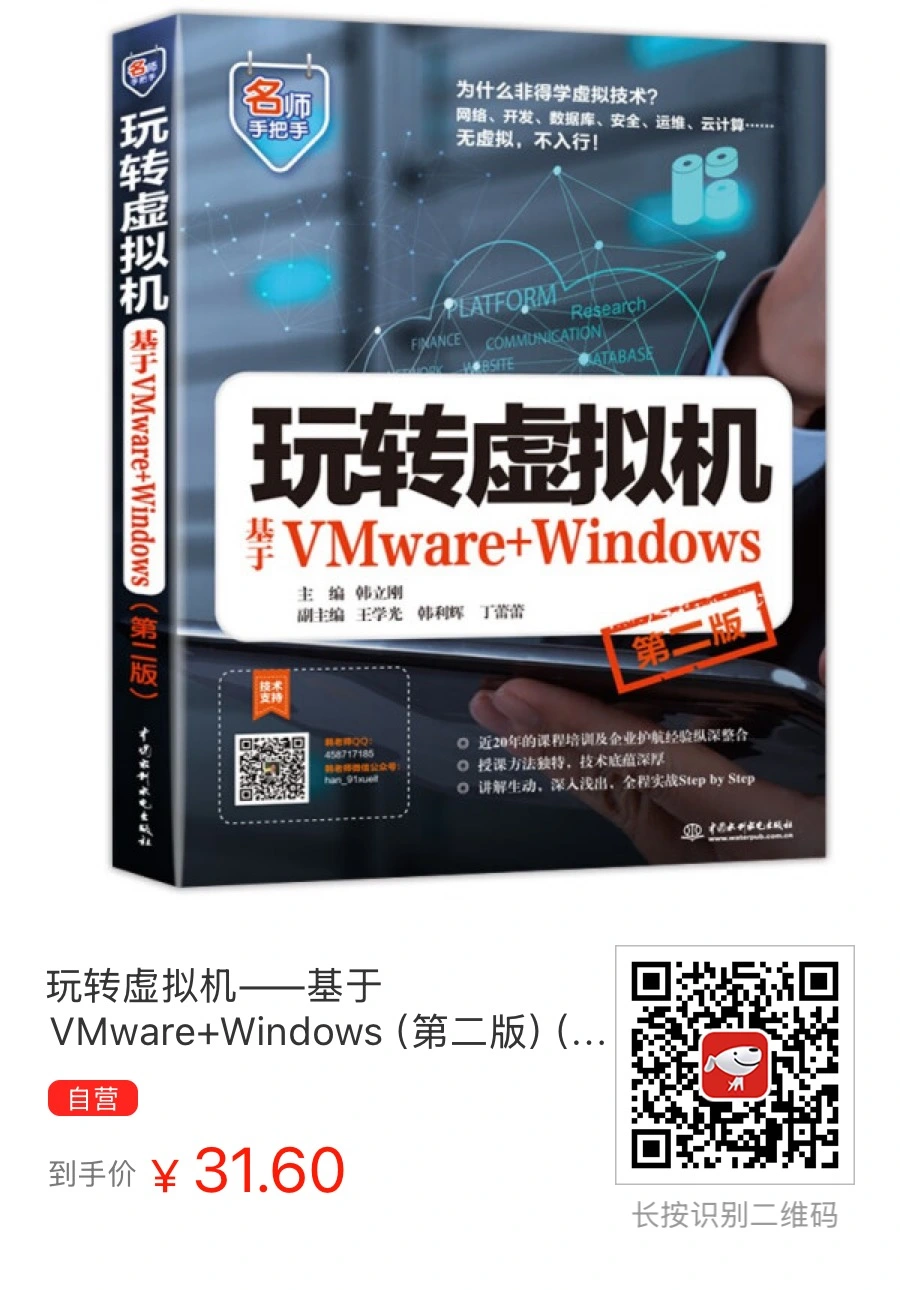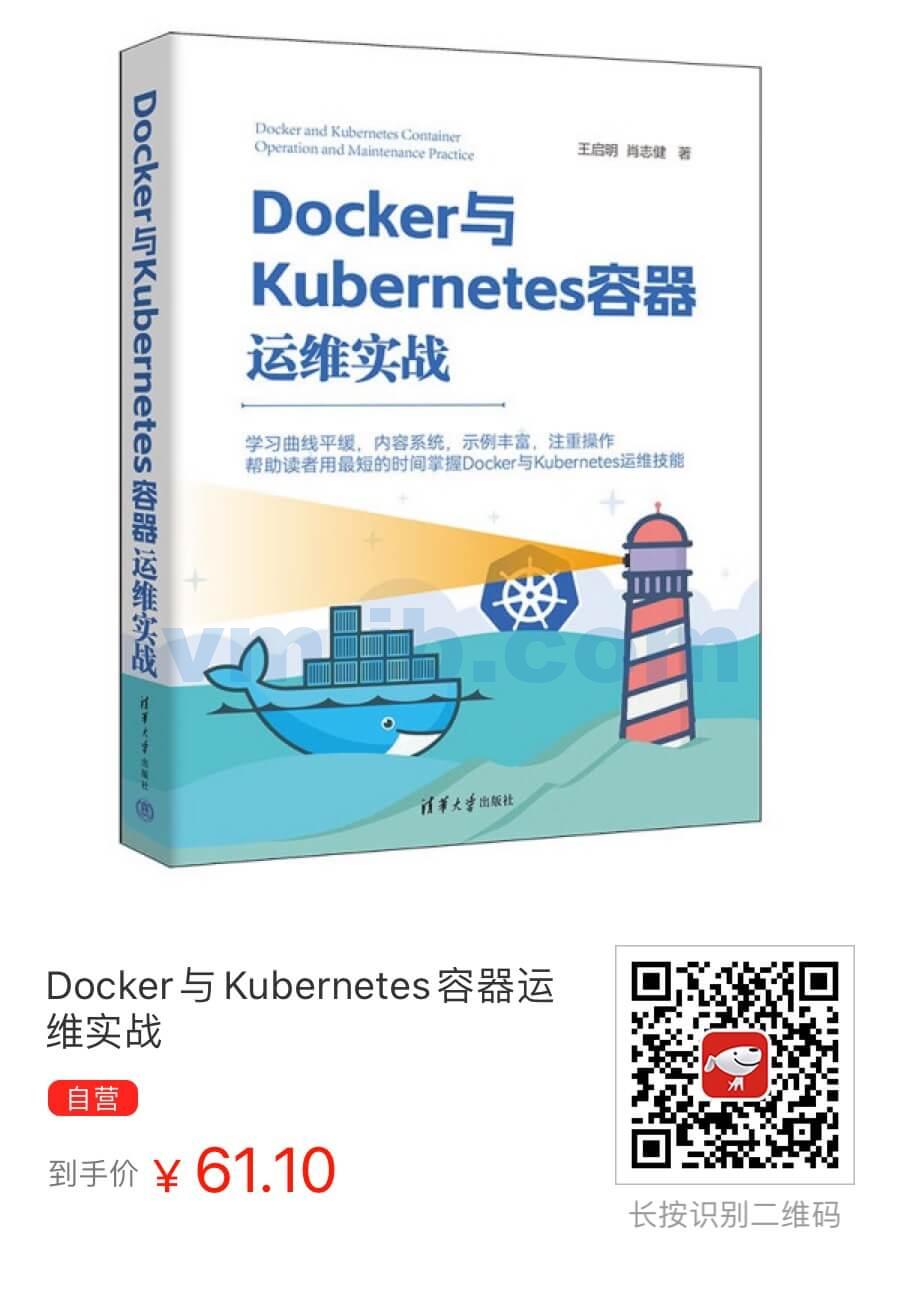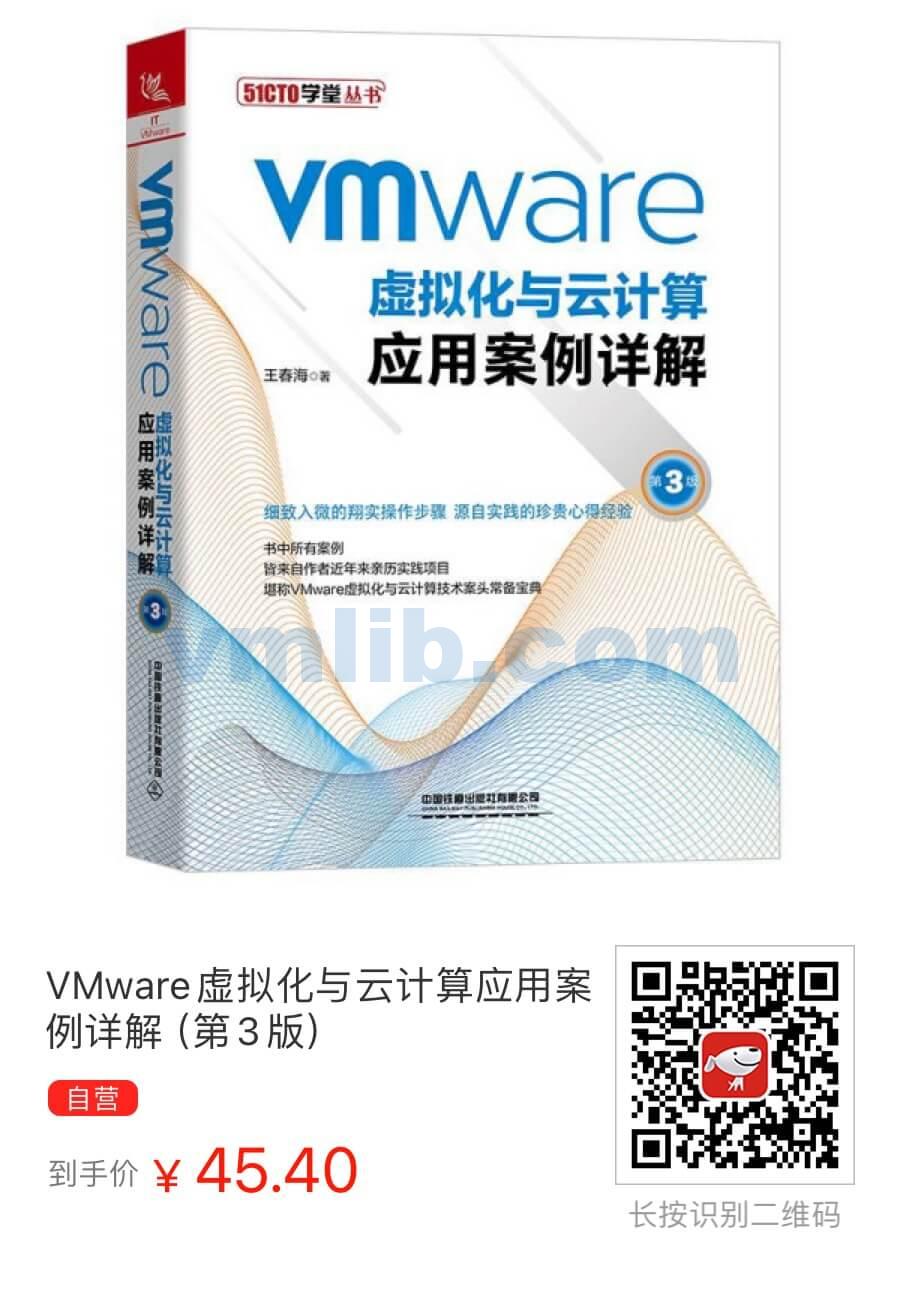To study for VMware HCI Master Specialist Exam | vSAN认证考试题目学习
81. An administrator is tasked with setting up a disaster recovery solution on top of a standard vSAN cluster in the first site and a separate standard vSAN cluster in the secondary site. Costs are a constraint and should be kept to the absolute minimum.
Which solution fits this use case best?
- A. VMware vSphere Replication
- B. vSAN stretched cluster and VMware vSphere Replication
- C. SRM and VMware vSphere Replication
- D. Storage replication and SRM
Explaination:
In the scenario where an administrator is tasked with setting up a disaster recovery solution across two standard vSAN clusters in different sites with cost constraints, the best option among those listed is likely to be:
A. VMware vSphere Replication
Here’s why:
- Cost-Effectiveness: VMware vSphere Replication is a more cost-effective solution compared to the other options. It is included with vSphere Essentials Plus Kit and higher editions, which means there may not be additional licensing costs if you already have a suitable vSphere license. This aligns with the requirement to keep costs to a minimum.
- Simplicity and Compatibility with vSAN: It is designed to work seamlessly with vSAN and does not require additional complex configurations or third-party tools. This makes it a suitable choice for a standard vSAN environment.
- Flexibility in Recovery Point Objectives (RPOs): vSphere Replication allows for flexible RPO settings, which can be as low as 5 minutes, making it a viable solution for many disaster recovery scenarios.
- No Need for Stretched Cluster or SRM in Basic Scenarios: While options like a vSAN stretched cluster (option B) and Site Recovery Manager (SRM, option C and D) provide advanced features, they come at a higher cost and complexity. A vSAN stretched cluster, for instance, requires a high bandwidth, low latency connection between sites and can be more expensive to implement and maintain. SRM is a powerful disaster recovery solution but might be overkill for scenarios where cost is a significant constraint.
- Storage Replication (Option D): While this could be a part of a robust DR solution, it typically involves additional costs for storage replication technology and might require more complex configurations.
81. 一名管理员的任务是在第一地点的标准vSAN集群和第二地点的另一个标准vSAN集群上建立一种灾难恢复解决方案。成本是一个限制因素,应该保持在最低限度。
哪种解决方案最适合这个用例?
- A. VMware vSphere 复制
- B. vSAN 延伸集群和 VMware vSphere 复制
- C. SRM 和 VMware vSphere 复制
- D. 存储复制和 SRM
解释:
在管理员需要在不同地点的两个标准vSAN集群之间建立灾难恢复解决方案且有成本限制的情况下,上述选项中最合适的可能是:
A. VMware vSphere 复制
原因如下:
成本效益:与其他选项相比,VMware vSphere 复制是更具成本效益的解决方案。它包含在 vSphere Essentials Plus 套件及更高版本中,这意味着如果你已经有适合的 vSphere 许可证,可能不会有额外的许可成本。这符合将成本保持在最低限度的要求。
简单性和与 vSAN 的兼容性:它被设计为与 vSAN 无缝工作,不需要额外复杂的配置或第三方工具。这使它成为标准 vSAN 环境的合适选择。
灾难恢复点目标(RPOs)的灵活性:vSphere 复制允许灵活设置 RPO,可低至5分钟,使其成为许多灾难恢复场景的可行解决方案。
基本场景无需延伸集群或 SRM:虽然像 vSAN 延伸集群(选项 B)和站点恢复管理器(SRM,选项 C 和 D)这样的选项提供高级功能,但它们的成本和复杂性更高。例如,vSAN 延伸集群需要在地点之间的高带宽、低延迟连接,且实施和维护成本可能更高。SRM 是一种强大的灾难恢复解决方案,但对于成本是重要限制因素的场景可能过于复杂。
存储复制(选项 D):虽然这可能是一个强大的灾难恢复解决方案的一部分,但它通常涉及额外的存储复制技术成本,并可能需要更复杂的配置。

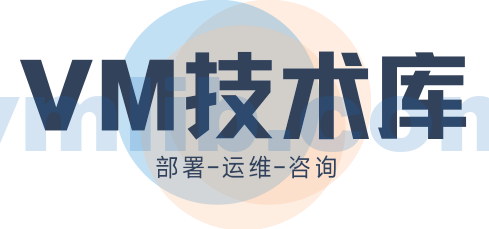



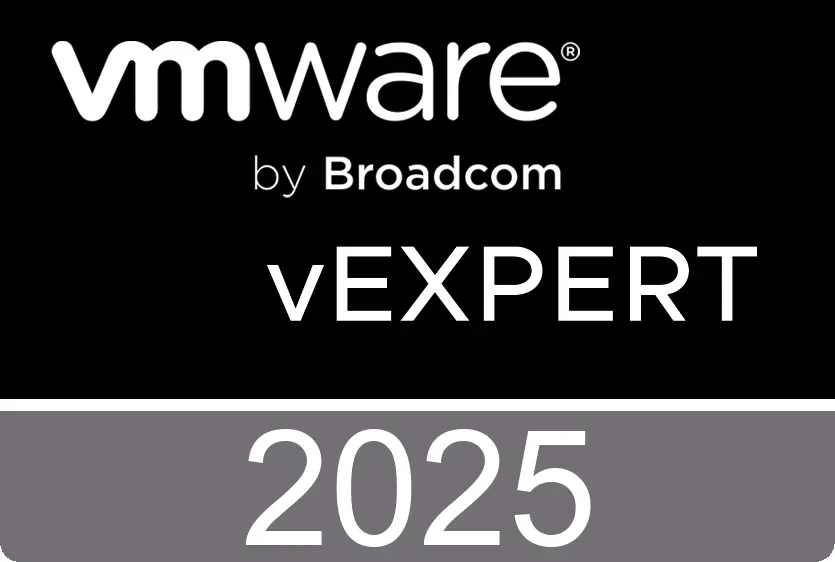
 VM技术助理
VM技术助理
